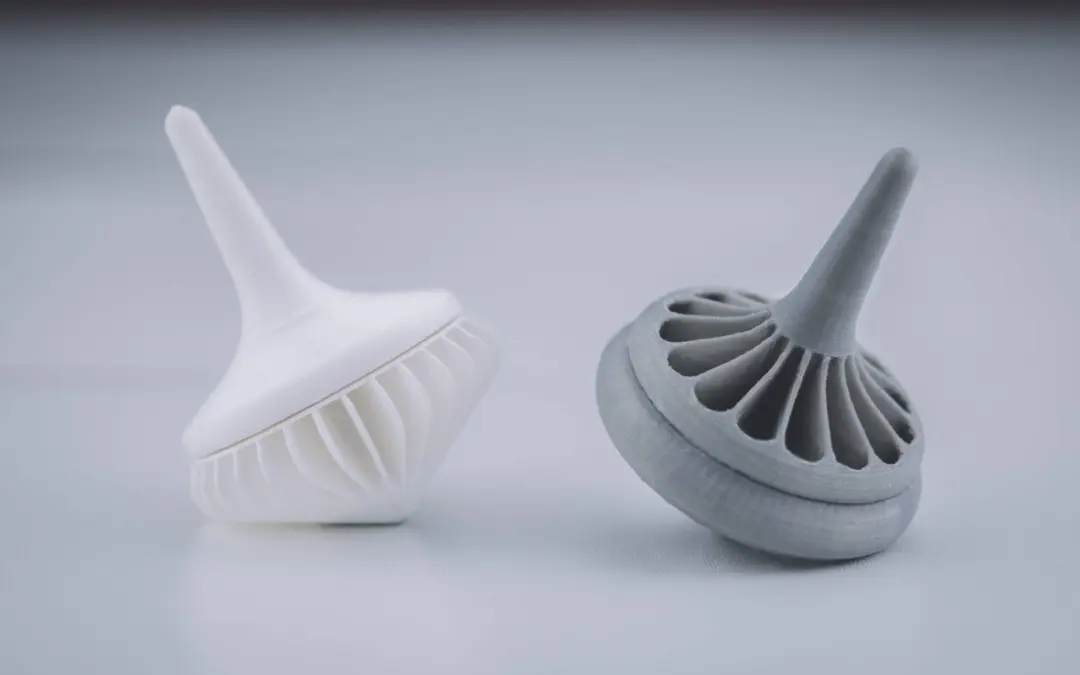Imagine you’re wearing a Ruc pack™ and you clip a water bottle to the front strap with a carabiner. Now walk. That bottle starts swinging side to side like a little wrecking ball. It tries to pull you off balance.
But when your body is organized the right way, the bottle barely moves. It’s not magic—it’s smart, controlled movement.
Here’s how it works
Your body uses something called intra-abdominal pressure (IAP). Think of this like the air inside a balloon in your belly. When you breathe deeply and hold that pressure using your core muscles, your midsection becomes strong and steady. It’s like a balloon wrapped in tape—it won’t collapse or fold easily.
Your shoulders and hips act like anchors. When you keep them steady with good posture and muscle control, your whole trunk becomes a solid base. This stability keeps your center from swaying side to side, which means the water bottle won’t swing around.
The Bottle Tells the Truth
That water bottle becomes your feedback tool. If it swings a lot, it means your body is out of sync—your breathing, posture, or core pressure is off. But if it stays still while you move, that’s a sign that everything inside is working together. Your breath, posture, and muscles are all on the same team.
Your Internal Gyroscope: How You Stay Balanced While Moving
When your body is properly pressurized, you create an internal gyroscope. A gyroscope is a spinning object that stays upright even when everything around it moves. Your core works the same way: when you breathe correctly and engage your deep muscles, your center becomes stable even while your arms and legs are moving. This helps you stay balanced and strong as you walk, run, or carry a load.
Biomechanical Equilibrium: The Body’s Balance Point
Biomechanical equilibrium means that your body is balanced, stable, and able to move without wasting energy. It happens when all the forces moving through your body are transferred smoothly from one area to another—especially through the diagonal lines that connect your opposite shoulder and hip.
When your rib cage is stacked over your pelvis and your core is active, your body naturally balances force from side to side. This reduces extra movement and keeps everything efficient.
Centrifugal Stillness in the Gait Cycle
Now let’s talk about walking—or the gait cycle. Every time you step forward, one side of your body rotates forward while the other rotates back. Your hips and shoulders move in opposite directions, like twisting a towel. This twisting movement creates a centrifugal force, which is a pulling force that could cause you to lose balance—unless it’s controlled.
When your body is organized correctly, this force doesn’t throw you off. Instead, your IAP and muscle slings (like the anterior oblique system) absorb and redirect that force. This creates something called centrifugal stillness—your body is in motion, but the load (like the water bottle) stays still because your internal systems are handling the movement.
In other words, your body is like a well-tuned machine. You’re walking forward, rotating and shifting with every step, but the forces cancel each other out because your body knows how to manage them. That’s what efficient, powerful movement looks like.
The Takeaway
If your body is calm on the inside, your movement will look smooth on the outside. You’ll use less energy, feel more stable, and reduce your risk of injury. The water bottle is just the messenger—it shows you how well you’re doing.
So when that bottle stays still, it means you’re in biomechanical equilibrium. Your breath, posture, and pressure are doing their job. You’re not reacting to motion—you’re controlling it.



